19 Surprising Chlorine Bleach Uses Beyond Laundry
That jug of liquid chlorine bleach sitting in the laundry room has all sorts of uses that have nothing to do with laundry. It can help keep your flowers looking fresh, purify water in emergencies, and even lend a hand when you’re cleaning up after a disaster.
1. Deter Mosquitoes
While we think of liquid chlorine bleach as a laundry whitening product, it doubles as a potent pesticide. When used carefully, a mere few drops of Clorox bleach added to a birdbath can effectively deter mosquitoes from reproducing in stagnant water. This approach eliminates mosquito larvae that flourish in still waters.
It’s really important to keep in mind that only a small quantity is needed; one tablespoon of bleach can safeguard up to 50 gallons of water, keeping it free from pests while ensuring the well-being of our feathered friends. So go easy! Use an eyedropper if you have difficulty measuring by drops.
Nonetheless, it is of utmost importance never to introduce bleach into natural water bodies and ponds, as this could disrupt their delicate ecosystems.
2. Disinfect Cutting Board
Don’t let your cutting board harbor hidden germs. A quick rinse with a bleach-water mix (one teaspoon per gallon) followed by air drying will make certain it’s clean as a whistle and bacteria-free.
3. Trash Bin Deodorizer
Stinky trash cans are no match for bleach! Give your empty bin a rinse with a bleach-water combo, and not only will the odor disappear, but germs will meet their match too.
4. Toy Sanitization
Kids’ toys can be germ-central. Fear not! Mix a tablespoon of liquid bleach with a gallon of water, soak those toys for a few minutes, rinse then thoroughly, and your little one’s playthings are ready for germ-free play.
5. Sneaker Revival
White sneakers looking less than fresh? A light bleach-water solution, a sponge, and a gentle scrub will have them looking brand new. Remember, less is more when it comes to bleach!
6. Patio Furniture TLC
Outdoor furniture can take a beating from the elements. Restore their glory by scrubbing with a bleach-water mix (one-third cup of bleach to one gallon of water). Rinse well, and your furniture will thank you. Make sure you are performing this clean/rinse procedure away from lawn, plants, shrubs you don’t wish to kill
7. Porcelain Sink & Tub Stains
Say goodbye to unsightly stains on your porcelain fixtures. Mix bleach and baking soda into a paste, apply, scrub, and rinse. Your sinks and tubs will gleam once more.
8. Sponge Saver
Kitchen sponges can be breeding grounds for bacteria. Extend their life by soaking them in a bleach-water solution (one part bleach to nine parts water), followed by a thorough rinse and air-dry.
9. Curtain Brightener
White curtains losing their luster? Add a half-cup of bleach to your washing machine on the next laudering. Just check those care labels first!
10. Garden Tool Sterilization
Garden tools can carry unwanted guests from plant to plant. Keep your garden healthy by wiping them down with a bleach-water mixture (one part bleach to nine parts water) after each use.
11. Make Glassware Sparkle
To bring back the shine and sparkle to your glassware, just add a teaspoon of bleach to your dishwasher. If you don’t have a dishwasher, you can soak the glasses in a mixture of one part bleach and four parts water for a few minutes, then thoroughly wash and rinse them.
12. Keep Cut Flowers Fresher Longer
13. Fridge Renew
Your fridge can be a breeding ground for odors and bacteria. Empty it, mix a tablespoon of bleach with a gallon of water, and give it a good wipe-down. Clean and disinfected—mission accomplished!
14. Tile Floors
White tile floors looking drab? A bleach-water solution (one part bleach to four parts water) is the answer. Mop and rinse thoroughly, and watch those tiles shine!
15. Renew a Wood Fence
To rejuvenate a weathered and discolored wood privacy fence that has become gray and grimy due to mold, mildew, or dirt, consider using bleach. Start by laying down protective drop cloths on both sides of the fence to shield nearby vegetation from potential bleach damage. Ensure your safety by wearing rubber gloves and protective eyewear.
Next, prepare a diluted bleach solution by mixing it with water. Using a pump sprayer, generously apply this solution to the individual slats of the fence. Allow the bleach to sit and work its magic for a few minutes. Finally, thoroughly rinse the fence clean using a garden hose.
16. Disinfect Water in a Pinch
In case of an emergency situation where you require safe drinking water but lack the means to boil it, the Environmental Protection Agency suggests a purification method. Add either eight drops of 6 percent bleach or six drops of 8.25 percent bleach for every 1 gallon of water. Stir the water and bleach mixture thoroughly and allow it to stand for 30 minutes. If the solution emits a faint chlorine odor, it is considered safe for consumption. If not, repeat the dosage.
17. Kill Weeds
Full-strength bleach can effectively eliminate weeds that have sprouted in the crevices of your walkway or driveway. Apply undiluted bleach to the weeds and allow it to sit for a few minutes. This solution will not only eradicate existing weeds but also act as a deterrent against new growth.
Caution! Because bleach can also harm grass, flowers, and other plants, and it might lighten patio surfaces, be very precise in where you direct the application.
18. Clean Up After a Disaster
In the event of a disaster such as a hurricane, house fire, or flood impacting your home, bleach can serve as a valuable tool in the cleanup and sanitization process for items that can be salvaged. Bleach is effective in eliminating mold and mildew from a wide range of surfaces, disinfecting food preparation areas to render them safe for use, and sanitizing items like toys and tools. The Centers for Disease Control and Prevention provide helpful recommendations for appropriate bleach dosages for various cleanup tasks and surfaces. However, it’s crucial to note that when using bleach on food surfaces, thorough rinsing is essential before placing any food items on the treated surface.
19. Disinefect Your Humidifier
The Environmental Protection Agency advises regular cleaning of a humidifier to minimize the growth of mold and bacteria, and one effective method for accomplishing this is by using bleach. Here’s a simple process: combine 1 teaspoon of liquid bleach with 1 gallon of water, then pour this mixture into the humidifier tank until it reaches the halfway mark. Allow it to sit for 20 minutes before thoroughly rinsing clean.
Storage and Disposal
Bleach typically has a shelf life of approximately 6 months, but if stored in a dark area or cabinet at room temperature, it can remain effective for up to a year. If you find yourself with expired bleach or no longer have a need for it, you can safely dispose of it at a hazardous waste disposal facility.
It’s not advisable to pour bleach down the drain, as it can potentially damage pipes and create hazardous reactions when mixed with other household chemicals. If you must dispose of bleach this way, ensure thorough dilution with a substantial amount of water. If you have a septic system, avoid pouring bleach down the drain altogether, as a high bleach concentration within the septic tank can disrupt the delicate balance of bacteria crucial for its proper function.
Tips for Safe Bleach Use:
- Safety first! Wear gloves and ensure good ventilation when working with bleach.
- Never mix bleach with other cleaning products, especially ammonia—trust me, you don’t want those toxic fumes.
- Store your bleach in a cool, dry place, away from sunlight and out of reach from curious little hands.
- Always follow the manufacturer’s instructions and dilution recommendations for safe and effective use.
Chlorine bleach is a budget-friendly superhero in the world of household cleaning. From grout makeovers to trash bin rescues and patio furniture transformations, it’s time to embrace the power of this everyday hero. Just remember to use it wisely and safely—your home will thank you, and so will your wallet.

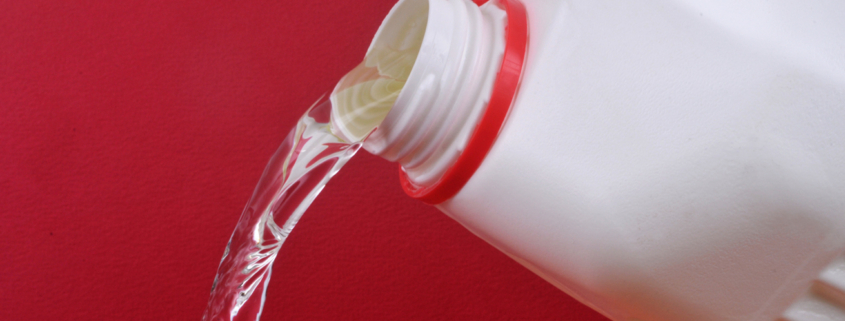
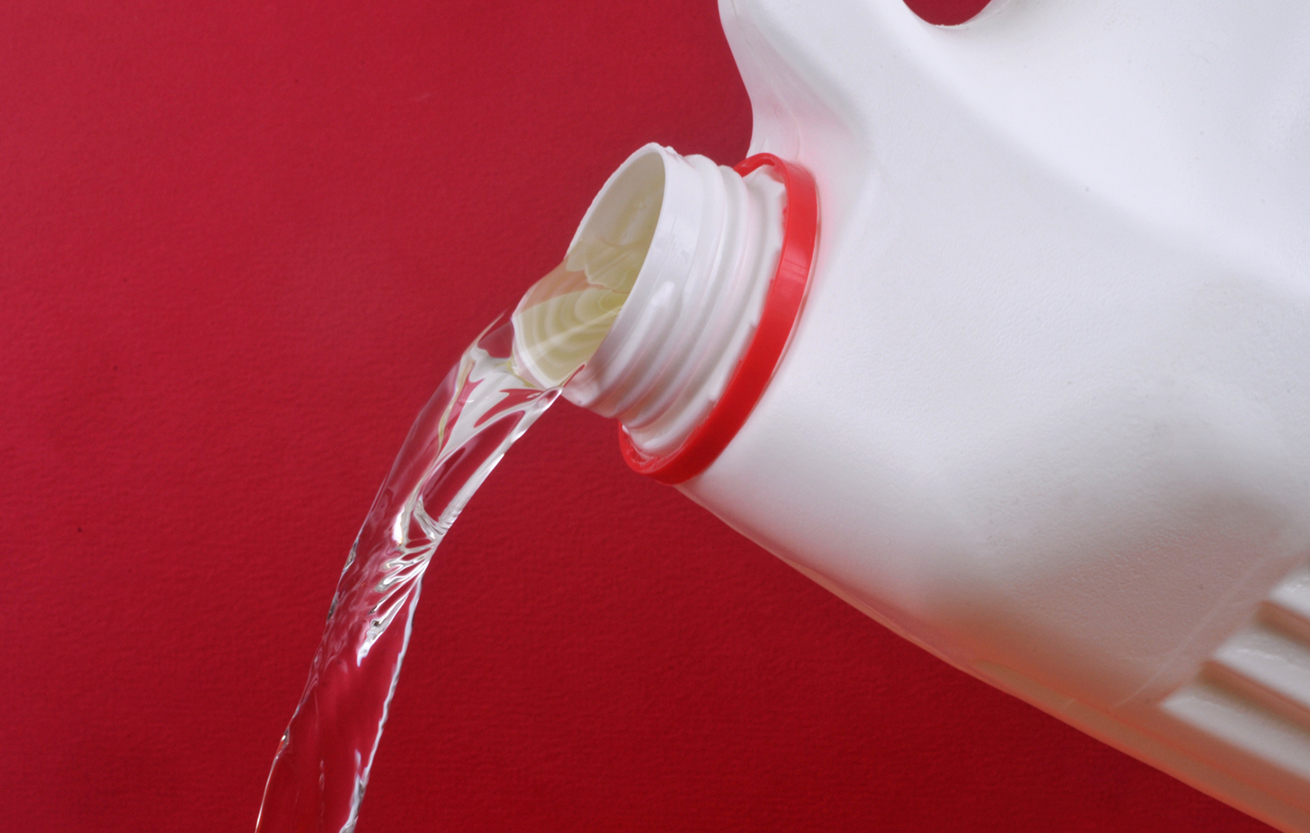


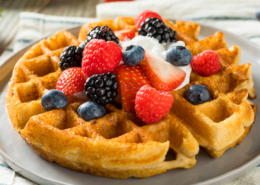
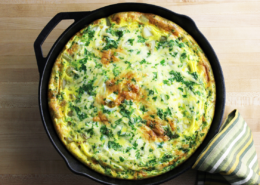
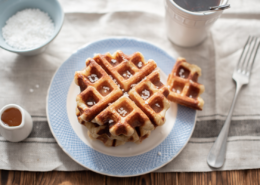
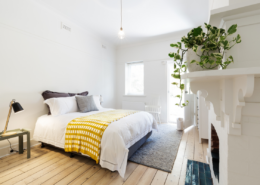
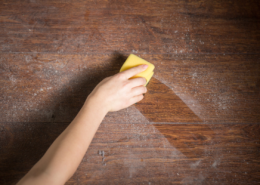
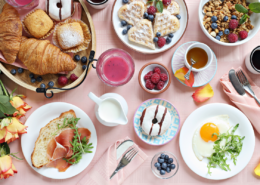




We moved to an apartment in an independent living community, so many of the suggestions don’t apply to us. However, I was surprised to learn that we are not allowed to have chlorine bleach in our apartments. My go-to substitute for bleach has been white vinegar, and I was surprised to find that it and baking soda do a pretty good job of removing some stains from clothing.
Another substitute that will disinfect is hydrogen peroxide.